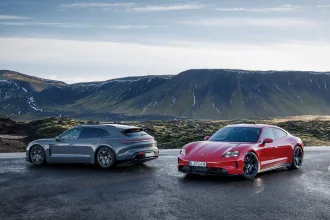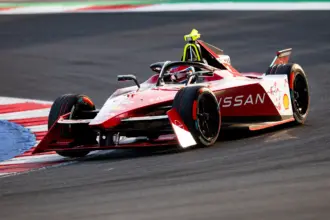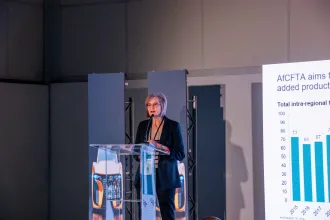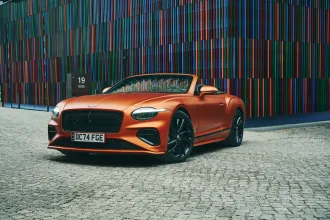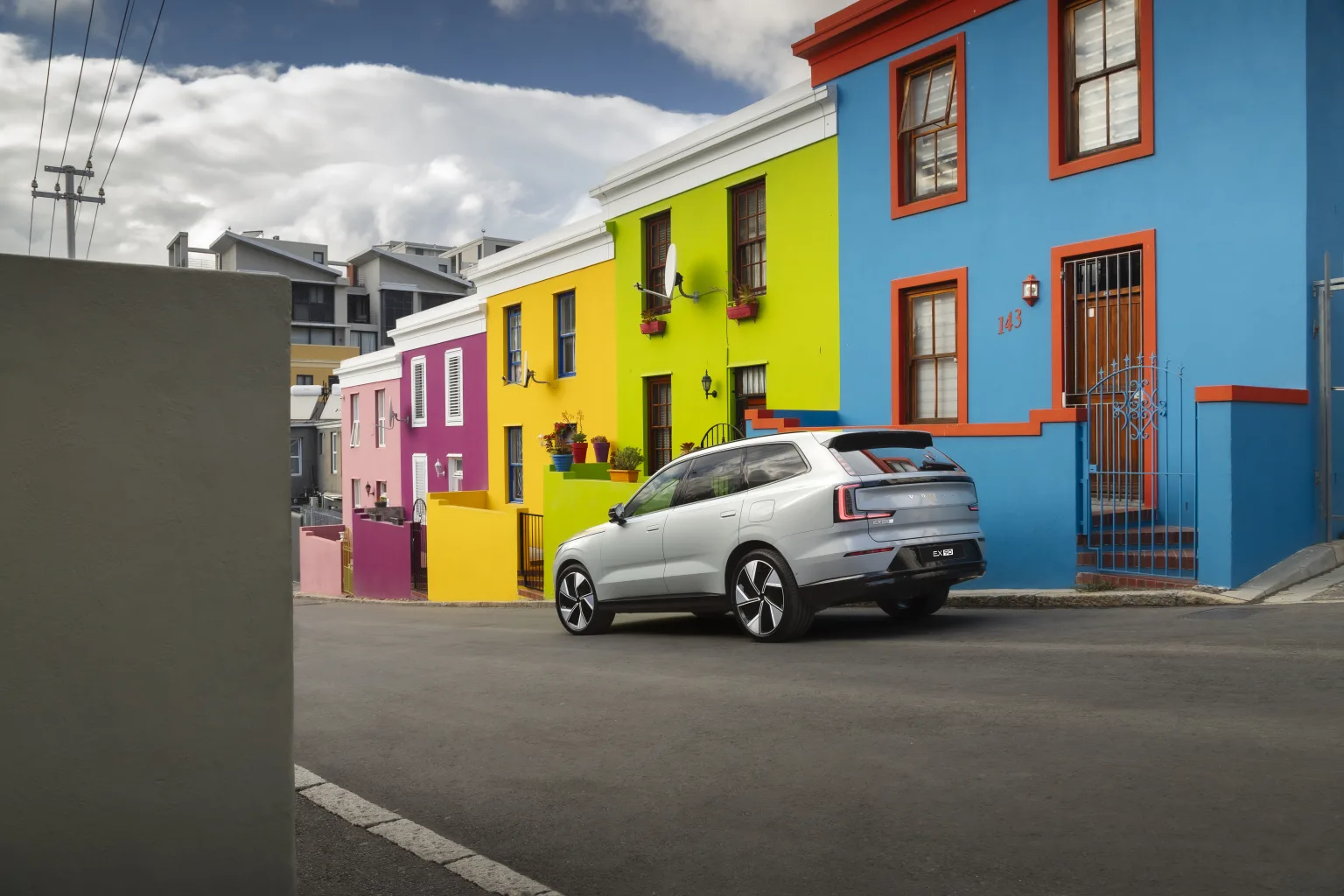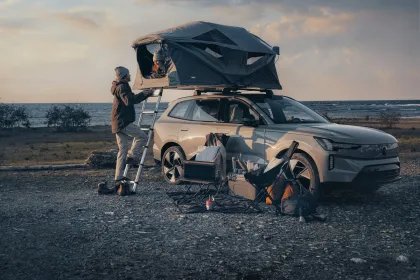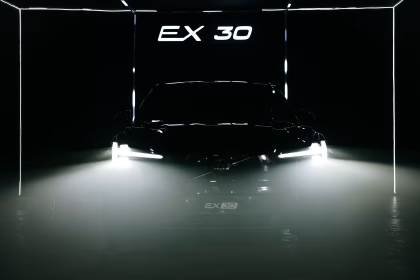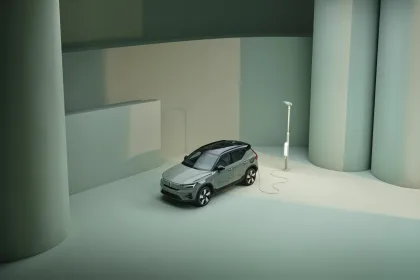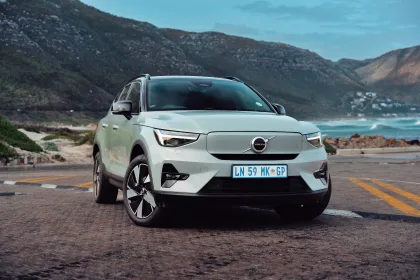With growing EV sales, a diversified electric lineup, and deeper emissions targets, Volvo outlines its roadmap to a climate-neutral future.
Today, on World Environment Day, Volvo Car South Africa reaffirms its commitment to a sustainable future—one where cleaner mobility, circular materials, and ethical innovation come together to reduce our environmental impact.
Volvo’s fully electric lineup continues to grow, with models like the EX30 and the recently introduced EX90 leading the charge. Alongside the XC40 Recharge and C40 Recharge models, the growing lineup of battery-electric SUVs continues to take the South African EV market by storm. Just recently, the Swedish marque posted Q1 2025 sales of 114 electric vehicles, maintaining its position as one of SA’s best EV brands. Set to arrive in South Africa soon, the EX30 Cross Country and the ES90 luxury sedan will only strengthen the automaker’s grasp on the local and international electric vehicle markets.
However, Volvo understands that customer needs are varied and complex, and continues to offer an array of efficient mild-hybrid (MHEV) and plug-in hybrid (PHEV) electric vehicles to suit the requirements of Volvo’s clientele. Over the past decade, Volvo has steadily phased out diesel-engined vehicles, offering consumers cleaner, mild-hybrid, and PHEV alternatives that provide powerful and refined options.

PHEVs, in particular, offer consumers the best of both worlds: strong electric range for daily commutes, and a petrol engine for long-distance driving. Performance is strong, and fuel economy and emissions remain low. The five-seater XC60 Recharge, for instance, provides an all-electric range of 81 km and an average fuel consumption of just 1.6L/100 km. Despite this, the XC60’s combined outputs of 340 kW and 709 N.m of torque enable the SUV to reach 100 km/h in 4.8 seconds.
Customer demand is growing, with global Volvo PHEV sales rising 11% in Q1 2025 year-on-year. A total of 56,722 PHEVs were sold in the first quarter, up from 51,257 in the same period last year.
However, Volvo understands that sustainability goes beyond tailpipe emissions. The company is working toward achieving real, lasting emission reductions across its entire value chain, aiming to reduce average vehicle CO2 emissions by 65-75% by 2030 compared to 2018 levels. Volvo is committed to reaching net-zero greenhouse gas emissions by 2040. It will only use carbon removal to neutralise unavoidable emissions—those that cannot be eliminated due to technical, legal, or market constraints.
In line with the SBTi Net Zero Standard, the company prioritises deep cuts over offsets and encourages suppliers to adopt the same approach. By 2030, Volvo aims for electrified vehicles—including plug-in hybrids and fully-electric vehicles—to account for 90-100% of its global sales.
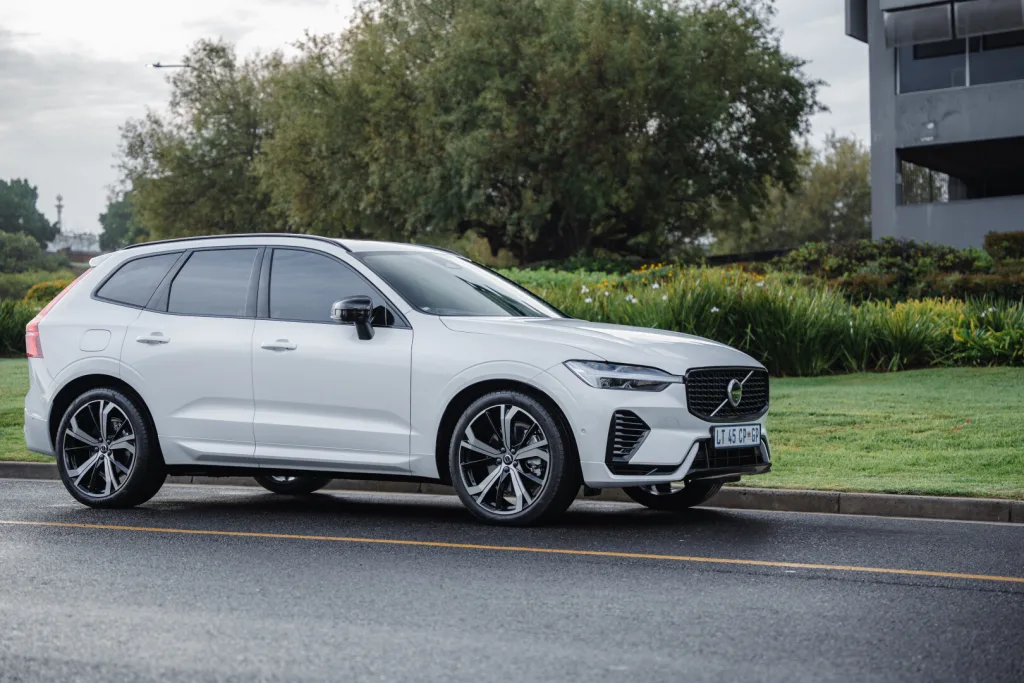
Furthermore, Volvo is reimagining what luxury means by utilising more sustainable and environmentally friendly interior finishes. Natural materials play a key role in Volvo’s approach to sustainable design. The tailored wool blend upholstery combines 30% responsibly sourced, traceable wool with 70% recycled polyester, offering a soft, warm feel with a lower environmental impact.
Additionally, woven flax, made from the linseed plant, is a renewable fibre that requires minimal water and energy to produce, emitting less CO2 than conventional plastic parts. Wood has been part of luxury car interiors for more than a century, and today, all of Volvo’s wood veneers are responsibly sourced according to Forest Stewardship Council (FSC) standards.
“World Environment Day is a reminder that every industry has a role to play in building a more sustainable future,” commented Felipe Yagi, Head of Marketing and Communications at Volvo Car South Africa. “At Volvo, this goes beyond electrification. It’s about rethinking the materials we use, cutting emissions across our entire value chain, and ensuring that every step we take today supports a cleaner, more responsible tomorrow.”

